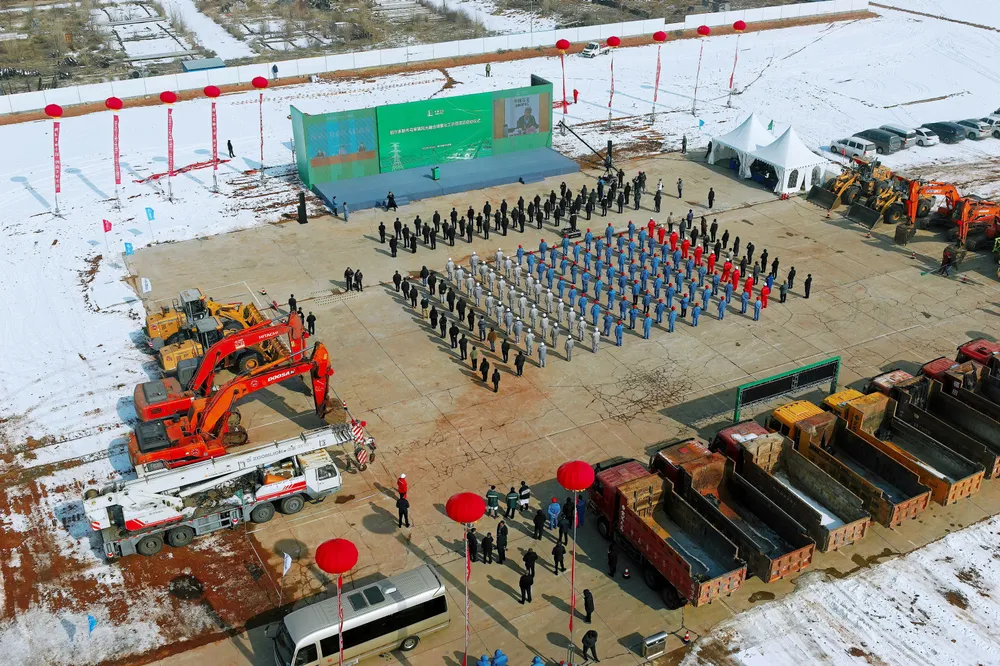Sinopec to sell major green hydrogen producer at auction, raising questions about China's clean H2 build-out
The Chinese oil giant has been a pioneer in the field, building the world's largest completed renewable H2 project, with several larger facilities on the way
